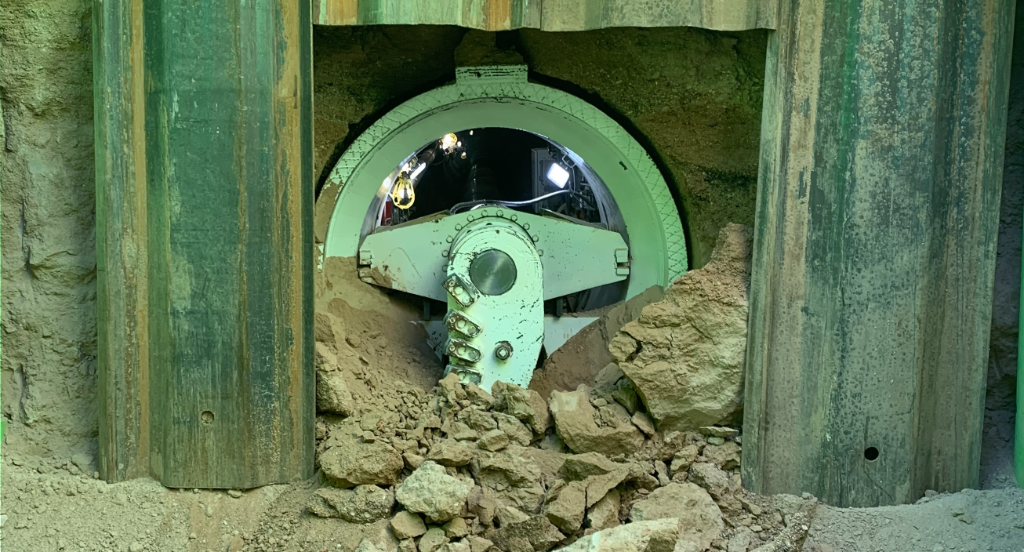When considering horizontal crossings, how does the OTS compare to a Pilot Tube system?

Introduction to Horizontal Drilling Systems
Horizontal drilling technology has made significant strides in recent years, offering innovative solutions for underground utility installations. Among these, the On Target System (OTS) and the Pilot Tube System stand out as two key methods, each with its unique approach and application in horizontal crossings.
Overview of the On Target System (OTS)
The OTS employs horizontal directional drilling (HDD), a method particularly useful for long-distance installations and in areas where traditional open-cut methods are impractical or prohibited. This technology is renowned for its flexibility in navigating around subterranean obstacles and minimizing surface disruption.
Key features of OTS include its adaptability to various soil conditions, its ability to install a wide range of pipe sizes, and the reduced environmental impact compared to traditional trenching methods. However, it requires significant expertise and advanced equipment, which can elevate project costs.
Understanding the Pilot Tube System
The Pilot Tube System, conversely, is a guided boring method used primarily for smaller diameter pipe installations. It's known for its high accuracy, making it ideal for urban environments where precision is paramount. This system causes minimal ground disturbance, thus preserving the integrity of the surrounding area.
Its advantages include reduced noise and surface disruption, suitability for congested areas, and the ability to achieve precise alignment and grade. However, it is less versatile than OTS in terms of the diameter of pipes that can be installed and may struggle in certain challenging geological conditions.
Comparative Analysis of OTS and Pilot Tube System
When comparing OTS and the Pilot Tube System, several factors come into play. The OTS is preferable for longer and larger installations where flexibility and minimal surface disruption are key. It's well-suited for a variety of terrain types and can accommodate larger utility installations.
On the other hand, the Pilot Tube System excels in urban settings where precision and minimal disturbance are crucial. It's ideal for installing smaller diameter pipes with exacting alignment requirements. However, it might not be suitable for longer or larger diameter installations.
In terms of cost, OTS tends to be more expensive due to its complex machinery and operational requirements, while the Pilot Tube System is generally more cost-effective for smaller-scale projects.
Conclusion
The choice between the OTS and the Pilot Tube System depends on the specific requirements of a horizontal crossing project. Factors such as project scale, environmental impact, budget, and geological conditions play a significant role in determining the most suitable method. By carefully evaluating these factors, engineers and project managers can select the optimal drilling technique that aligns with their project objectives and constraints.